Substance Education Policy appendices
Appendix A
Downloadable Drug Incident Report sheet.
Appendix B - Drug situation - medical emergencies and what to do
The procedures for an emergency apply when a person is at immediate risk of harm. A person who is unconscious, having trouble breathing, seriously confused or disorientated or who has taken a harmful toxic substance, should be responded to as an emergency.
Your main responsibility is for the learner at immediate risk, but you also need to ensure the safety and wellbeing of others. Put into practice the Service’s medical procedures. If in any doubt call medical help.
Always -
- Assess the situation
- If a medical emergency, send for an ambulance and medical help immediately
Before assistance arrives
If the person is conscious -
- Ask them what has happened and to identify any drug used
- Collect any drug sample and vomit for medical analysis
- Do not induce vomiting
- Do not chase or over-excite them if intoxicated from inhaling a volatile substance
- Keep them under observation, warm and quiet
If the person is unconscious -
- Ensure that they can breathe and place in the recovery position
- Do not move them if a fall is likely to have led to spinal or other serious injury which may not be obvious
- Do not give anything by mouth
- Do not attempt to make them sit or stand
- Do not leave them unattended or in the charge of another learner
- Ask someone to ring 999 for medical help also for the First Aider to attend and inform the DSL/ learning support manager/SENDCO. If not available a member of staff from the Senior management team
For needle sticks (sharps) injuries -
- Encourage wound to bleed
- Do NOT suck
- Wash with soap and water and dry and apply waterproof dressing
When medical help arrives -
- Pass on any information available, including vomit and any drug samples
- Complete the incident record (Appendix A above) as soon as you have dealt with the emergency and follow the procedure on the form
Adapted from The Right Responses (Drug Scope)
Appendix C - Flow chart for procedures
Drugs or paraphernalia found on Service premise
- Remove drugs or paraphernalia
- Inform DSL/DDSL/EDI Lead
Learner in possession of an unauthorised drug
- Remove drugs or paraphernalia from learner
- Inform DSL/DDSL/EDI Lead
Learner supplying an unauthorised drug
- Remove drugs or paraphernalia from learner
- Inform DSL/DDSL/EDI Lead
Learner under the influence of a drug - including misuse of a medicine
Medical emergency
- Call for ambulance
- Follow first aid procedures until help arrives
Non-emergency
- Keep learner calm and under observation
- If intoxicated, ask parent or carer to collect learner
- Remove drugs or paraphernalia from learner
- Inform DSL/DDSL/EDI Lead
Disclosure of drug use - learner’s own/parent’s use/ concerns about use
- Offer further advice and information
- Further action may not be necessary for all disclosures e.g. smoking
- Consider whether drug use could be problematic or indicate other problems
- Consider issues of confidentiality and explain issues to learner or parents
- Inform DSL/DDSL/EDI Lead
Illegitimate sale or supply of drugs legal or illegal, in Centre vicinity
- If suspected to be illegal, the Service should decide whether to inform the police. There is no legal obligation but to ignore it may be counterproductive. This includes sale of prescribed medicines e.g. Ritalin
- Inform DSL/DDSL/EDI Lead
